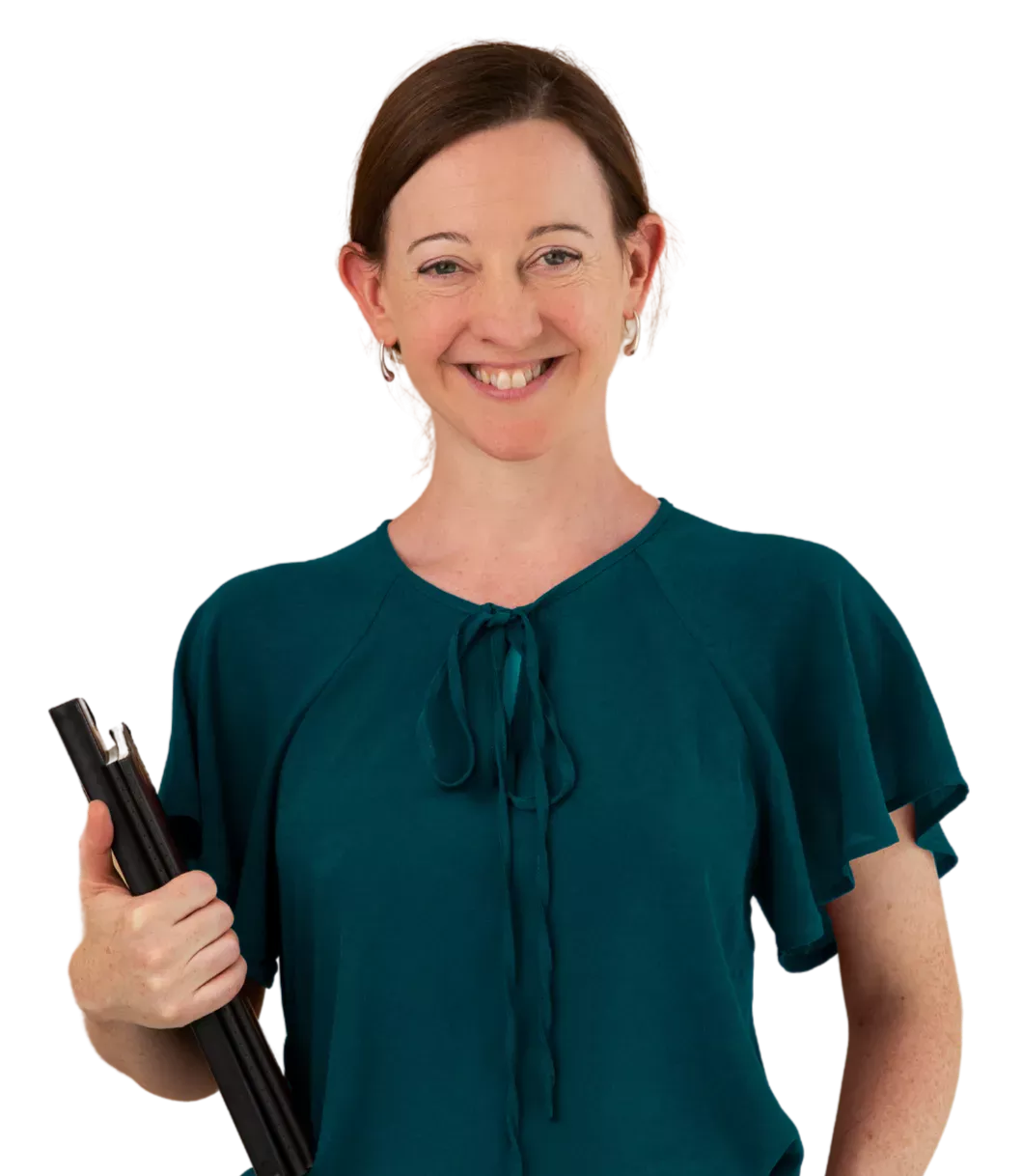Read about how to make the future perfect continuous here.
Click here for our complete programme to perfect your English grammar.
1: Just like with the other perfect continuous tenses (and the future perfect simple), we can use the future perfect continuous to say 'how long' for an action that continues up to another point in the future. The second point can be a time or another action. Generally, we need 'for + length of time' and if we use 'when' or 'by the time', we usually use the present simple.
- In April, she will have been teaching for twelve years.
- By the time you arrive, I'll have been cooking for hours!
- I've been working here for 11 months and three weeks. (This is correct, but the time is not an easy number.)
- On Tuesday, I will have been working here for one year. (A much easier number.)
2: We can use the future perfect continuous, like the other perfect continuous tenses, to talk about something that finishes just before another time or action (in this case, in the future). It's often used because there will be a result at the second point in the future. (Again, if we use 'when' we usually need the present simple.)
- When I see you, I'll have been studying, so I'll be tired.
Try some exercises about making the future perfect continuous here:
- Future Perfect Continuous Positive
- Future Perfect Continuous Negative
- Future Perfect Continuous Questions
- Mixed Future Perfect Continuous Exercise
